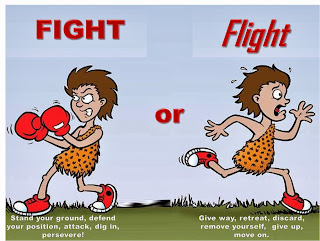 The organizational success or failure is hardly a one man game. The days of a single great decision maker at the top have shifted to strong decision making skills at all levels and across groups. No organization succeeds or fails based on the responsibility of only one individual. Yes, the leader holds the power to make the decisions and has the ultimate (not sole) responsibility. But a leader can only be held responsible within a reason for that which was in his/hers control.
The organizational success or failure is hardly a one man game. The days of a single great decision maker at the top have shifted to strong decision making skills at all levels and across groups. No organization succeeds or fails based on the responsibility of only one individual. Yes, the leader holds the power to make the decisions and has the ultimate (not sole) responsibility. But a leader can only be held responsible within a reason for that which was in his/hers control.We know today, supported by research, that the capacity to exercise control does enhance results. Also well explored is the fact that a company's culture is pushed down from the top. Companies that have failed, such as ENRON, have had management that abused the trusted power. The employees simply did what they were told to do. This proves to be a rigid culture lacking of transparency game. Another example of a rigid culture and leadership vision deficiency can be perceived in Kodak’s case where leadership somehow didn’t notice the shift coming in the technology related to films used for photographs.









